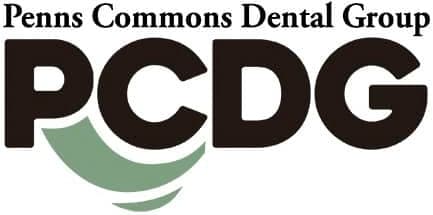Restorative Dentistry

The right restorative procedures at the right time can reduce the need for additional dental work in the future.
Restorative procedures help protect both oral health and overall health while improving the appearance of the patient’s smile. Being able to properly chew food and having correct bite alignment affect a patient's health in ways that go beyond just a smile.
When restoring damaged, broken, and decayed teeth, the goal is to return the tooth to its original function.
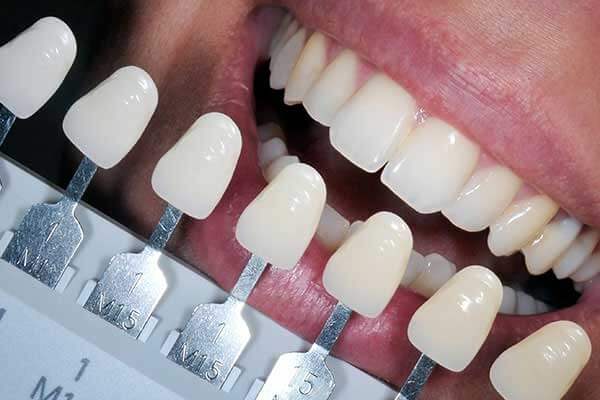
Composite or Tooth-Colored Restorations
Composite restorations use tooth-colored material to restore teeth with cavities and maintain a natural appearance. Once the decay is removed, the tooth is filled with a composite material which is then cured using a specialized light to harden the material. Composite fillings can be done in one visit.
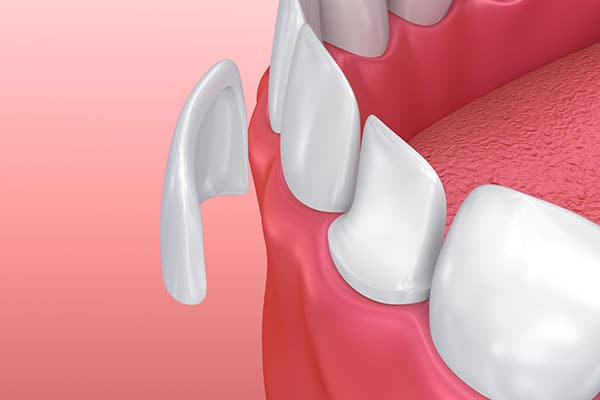
Veneers
Porcelain veneers are thin pieces of porcelain used to recreate the natural appearance of teeth. To place a veneer, a thin layer of the original tooth enamel must be removed. Afterward, an adhesive layer is placed between the prepared tooth and the veneer. The adhesive is then hardened with the use of a specialized curing light.
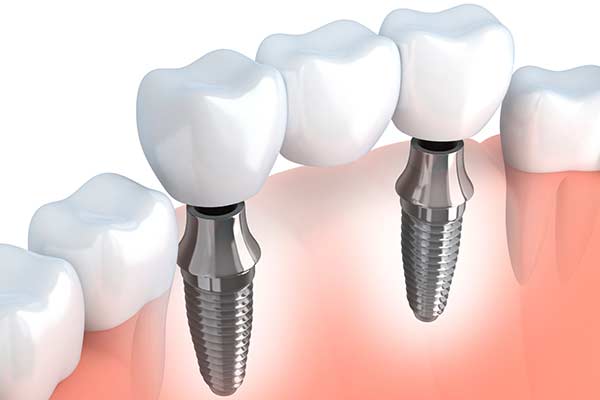
Implant Supported Crowns and Bridges
An implant supported bridge is a restorative solution for spaces where three or more adjacent teeth are missing. This restoration typically requires two implants to support the porcelain bridge. The bridge provides a functional and aesthetic replacement for a patient’s natural teeth.
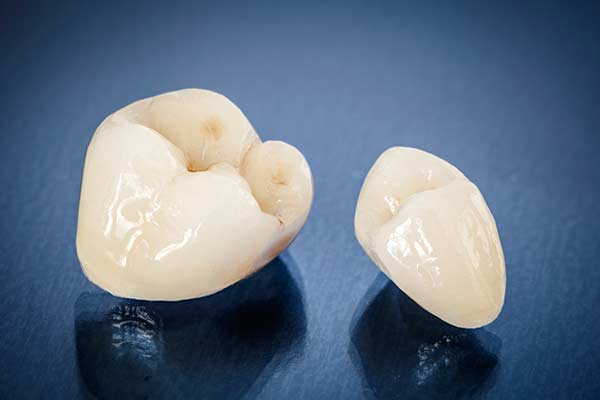
Natural Tooth Crowns
A crown is a dental restoration that completely covers the outside of a tooth that is cracked, broken, worn down, or severely decayed. Dental crowns are usually completed in two visits. During the first visit, the tooth is prepared, and an impression is taken. A temporary crown is placed while the permanent crown is fabricated. During the second visit, the permanent crown is carefully fitted and then cemented into place.
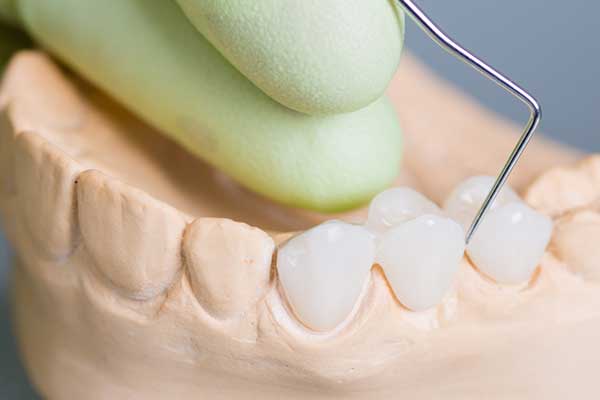
Dental Bridges
A bridge is a cemented restoration that can replace missing teeth without the use of removable partial. Crowns are typically placed on the anchor teeth on either side of a space (where the tooth or teeth are missing), and a tooth or teeth attached in between.
For multiple missing teeth, a dental implant may also be used to anchor a bridge
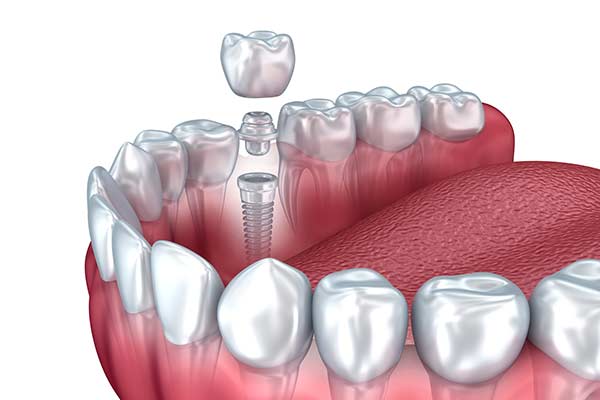
Dental Implant Restorations
Dental implants replace missing teeth and protect existing teeth by helping to preserve bone structure. Dental implants are composed of three pieces: a small screw made of a biocompatible metal called titanium, an abutment which connects the screw, and the final restoration.
Partial Dentures
Removeable partials can be an option to replace missing teeth. Partials are custom made through a series of appointments by a local laboratory and usually consist of a metal framework that’s covered with gum-colored acrylic. The teeth that are chosen for you will be shaded to match the remaining teeth in your mouth. Depending on the design, your partial may have clasps that connect to your teeth.
Full Dentures
Removable dentures are custom fabricated if you need to replace your entire arch of teeth. Just like partials, they are made locally, utilizing the highest quality materials. Dentures are made to closely resemble your natural teeth so there should be only a small noticeable change in appearance. In fact, dentures may even improve your smile and fill out your facial appearance.
Dentures can also used in conjunction with dental implants which make them more stable.
